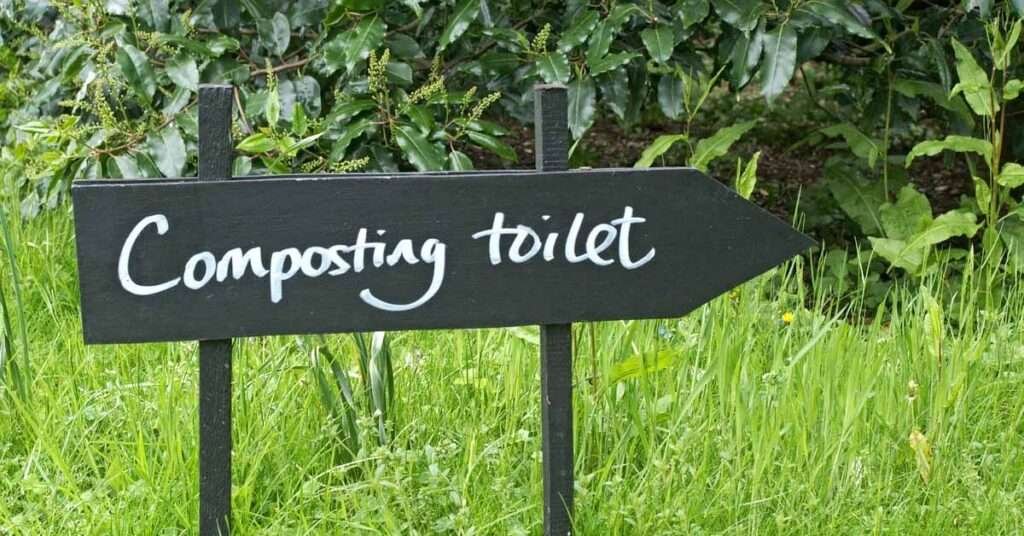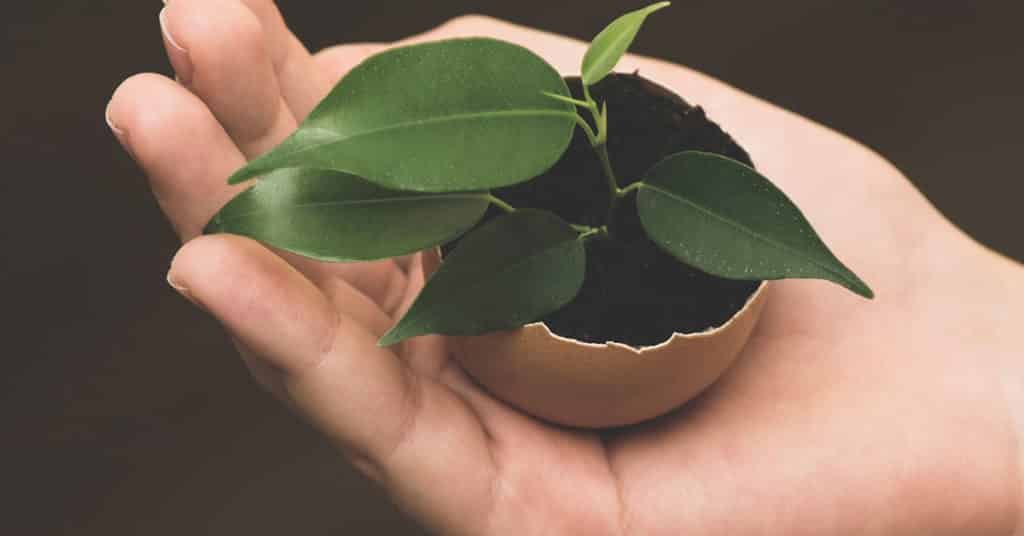Fertilizer Info
Using the right fertilizer at the right time for the right reason makes all the difference in the life of the plant. Fertilizing at the wrong time of year or using the wrong type of fertilizer will do more harm than good for lawns, plants, shrubs or trees. Follow these guidelines that tell all about fertilizer so you can use the product correctly and get the most from your plants.
Numbers
All bags and boxes of fertilizer will have three numbers on the outside. Those three number tell the consumer what is in the fertilizer and in what amounts. Understanding what those number is the first step in choosing the right product to feed your lawn or plants.
The three numbers tells you the percentage of the three major nutrients in the fertilizer. The first number tells you the amount of nitrogen (N) in the product, the second number tells you the amount of phosphate (P), and the last number tells you the amount of potash (K).
That’s the sequence of nutrients and numbers that are always on the bag or box of fertilizer and they will always be in that order. Each of these nutrients are vital for healthy plants, but they do effect plant growth in different ways.
Nutrient Effects
Nitrogen (N) promotes above ground growth for grass, flowers, vegetable plants and trees. Nitrogen enables the plant to produce more leaves and helps the plant produce a darker green color by encouraging chlorophyll formation. Nitrogen is also a building block for plant protein which enables the plant to be strong and more resistant to damage. Giving the lawn, plants or trees to much nitrogen will results in an abundance of leaves and little fruit or vegetables.
Recommended Fertilizer
Organic granular fertilizer; Fast acting fertilizer for flowers, vegetables, shrubs, trees & plants

Phosphate (P) stimulates below the ground growth and promotes healthy root formation for all plants. Phosphate helps flowering plants reach maturity earlier, increases the flowering ability and bloom size, and enables the plant to have a deeper root system.
Potash (K) promotes fruit and vegetable formation and development, strengthens the tissues of the plant so it’s more resistant to diseases and pest damage. Potash is essential for photosynthesis and increases the ability of grass, plants and trees to survive the cold winter months.
Right Numbers
Selecting a fertilizer with the right amount of each nutrient depends on what you want to achieve. For instance, if you want to green up your lawn quickly, select a fertilizer that has the highest first number (N), as in 20-10-10. If you want your lawn or vegetable plants to develop a deep, strong root system, select a fertilizer with a high middle number (P), like a 10-20-10 formula. When it’s time for fruit, vegetables or nuts to form, selecting a fertilizer with a high last number, like a 10-10-20, will promote a more abundant harvest.
Most of the time a balanced fertilizer, such as a 10-10-10, will provide just the right mixture for promoting healthy growth at every level and every stage of the plant or trees’ development.
If a container of fertilizer has only two numbers, like as 10-0-10, that is called an incomplete fertilizer because it’s missing one nutrient. An incomplete fertilizer is still useful in certain growing situations, like an 10-10-0 when fruit production is not desirable.
Application
As a rule of thumb, fertilizer is applied to all plants in the very early spring. When fertilizer is applied prior at the start of the growth season, it has time to leech into the soil and be readily available when the soil warms and awakens the dormant plants. The ready food source gives the plants a burst of energy for spring growth.
Many plants can benefit from a second application of fertilizer in six weeks and even a third and final application six weeks after that. Apply on an overcast day when rain is imminent or water in freshly applied fertilizer. Apply the fertilizer according to manufacturer’s directions, over fertilizing will burn plants and lawn.
Applying fertilizer in the winter time will do more harm than good by stimulating plant growth that cold air and cold soil can’t nurture.
Types
There are several types of fertilizers: granulated, water soluble and slow release are the main types. Granulated is the type that is gritty and is usually broadcast over lawns, worked into garden soil or used as a side dressing for plants and trees. Water soluble is mixed in water and used for houseplants, flowers and garden vegetables. The slow release variety is worked in soil prior to planting to provide plants with a slow and steady diet of nutrients.






